Kojiro Akagi, Memoirs of a Japanese Artist in Paris
The artist painted the most iconic locations in the capital and compiled the results in a collection entitled 'Cent vues de Paris.'
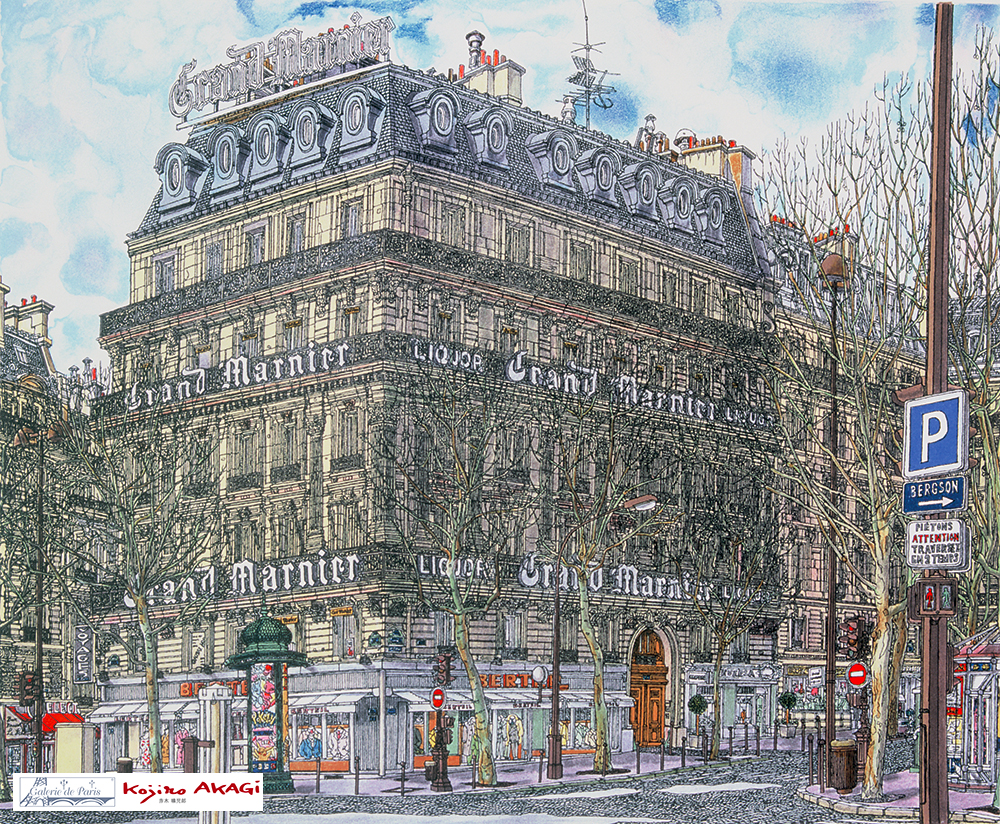
© Kojiro Akagi - Galerie de Paris
‘I see this collection more as the memoirs of a Japanese person in Paris, retraced in the form of 100 views of the capital’, artist Kojiro Akagi explains in the introduction to his book Cent vues de Paris (‘One Hundred Views of Paris’). The book, which gathers precisely 105 works, is therefore conceived to be more of a stroll through the capital’s traditional districts than a guide.
Born in 1934 in Okayama, in the prefecture of the same name, not far from Osaka, Kojiro Akagi left Japan for France in 1963. He attended and graduated from the École Nationale Supérieure des Beaux-Arts. The artist, who worked mainly with oil paint but also watercolour and lithography, placed historical heritage at the heart of his artistic production.
Reproducing Parisian façades
Among these 100 views, the reader can admire iconic Parisian monuments such as the Arc de Triomphe and the Champs Élysées. However, the artist also set up his easel on the Rue François 1er and the Rue de l’Arbre-Sec and produced delicate paintings of their façades, his preferred subject.
Kojiro Akagi was made a Chevalier de l’Ordre des Arts et des Lettres in 2014. He passed away in Paris in February 2021. His work is still part of the permanent collections at the Musée Carnavalet in Paris, and is also in the Vatican Museum and the Ueno Royal Museum in Tokyo.
Akagi — Cent vues de Paris (2019), a book of paintings by Kojiro Akagi, is published by Galerie de Paris.
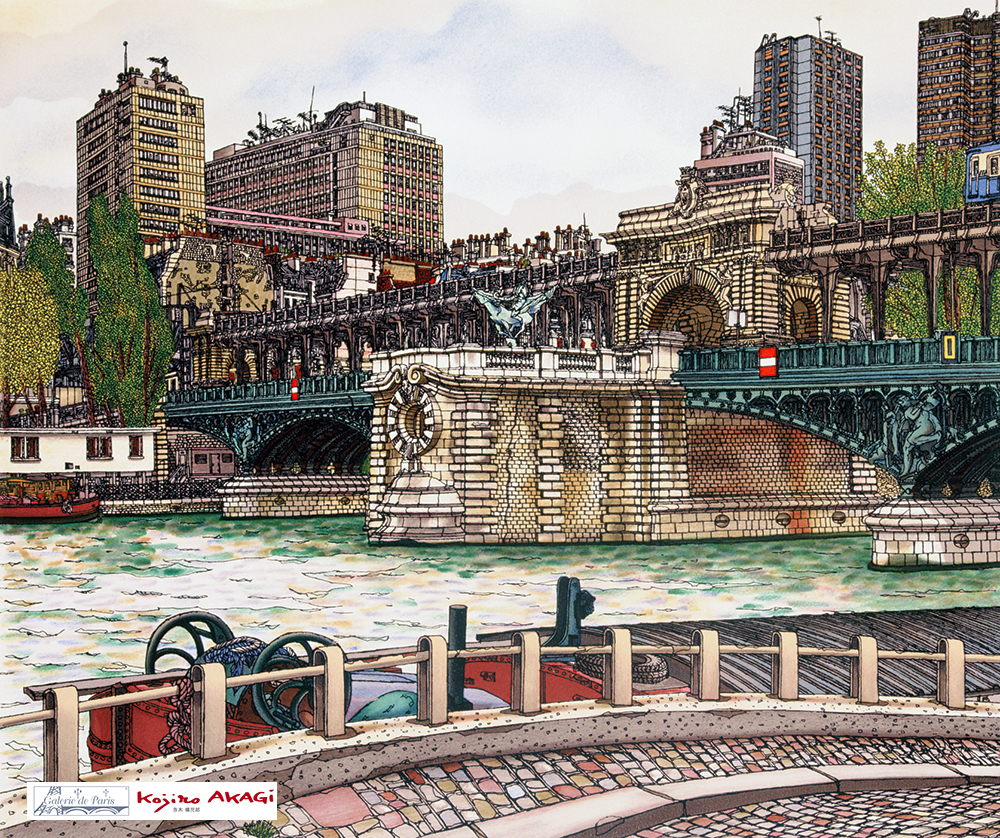
© Kojiro Akagi - Galerie de Paris
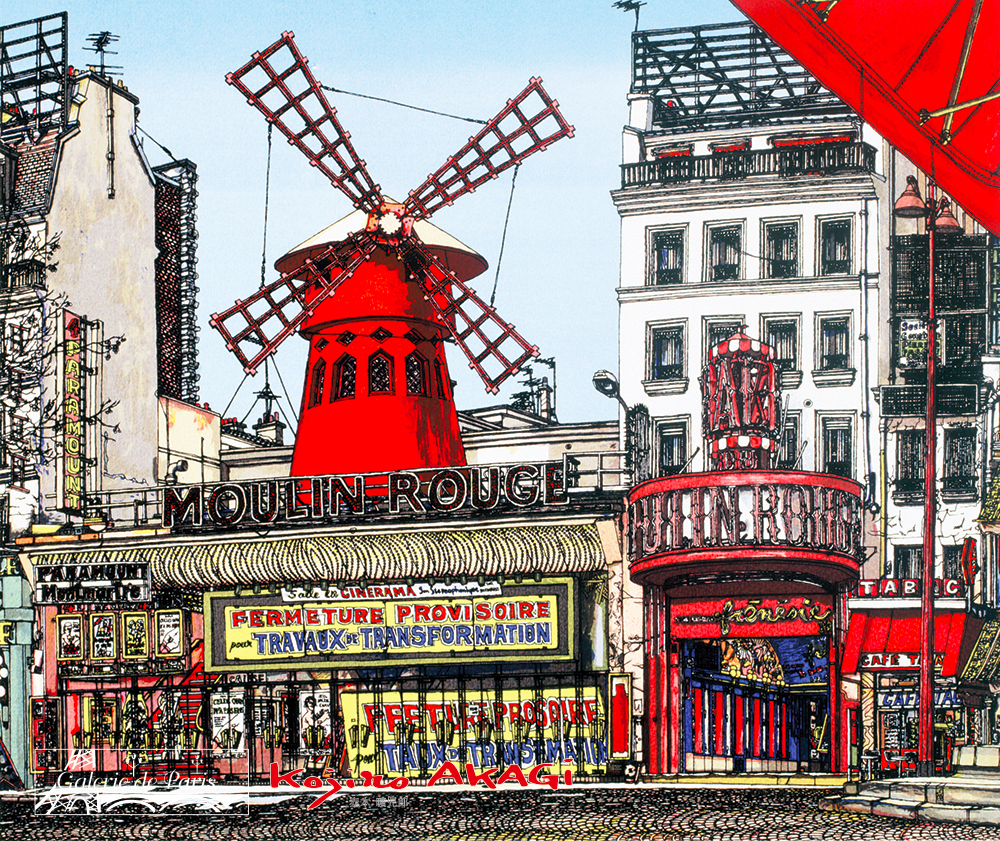
© Kojiro Akagi - Galerie de Paris
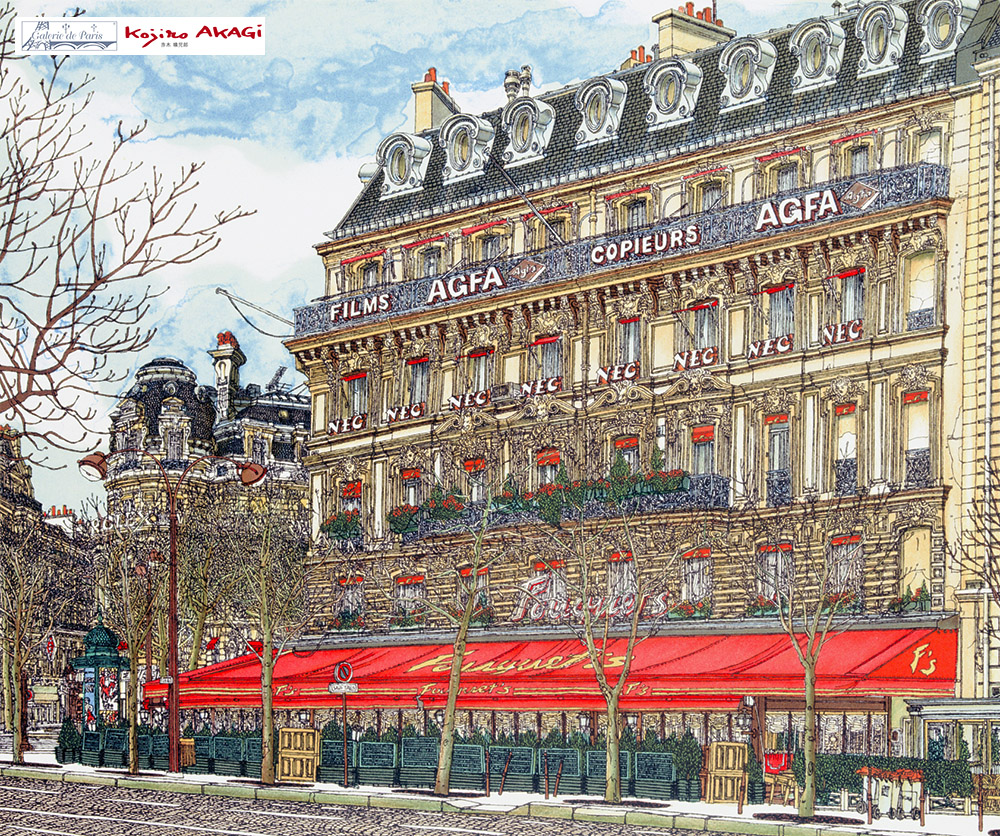
© Kojiro Akagi - Galerie de Paris
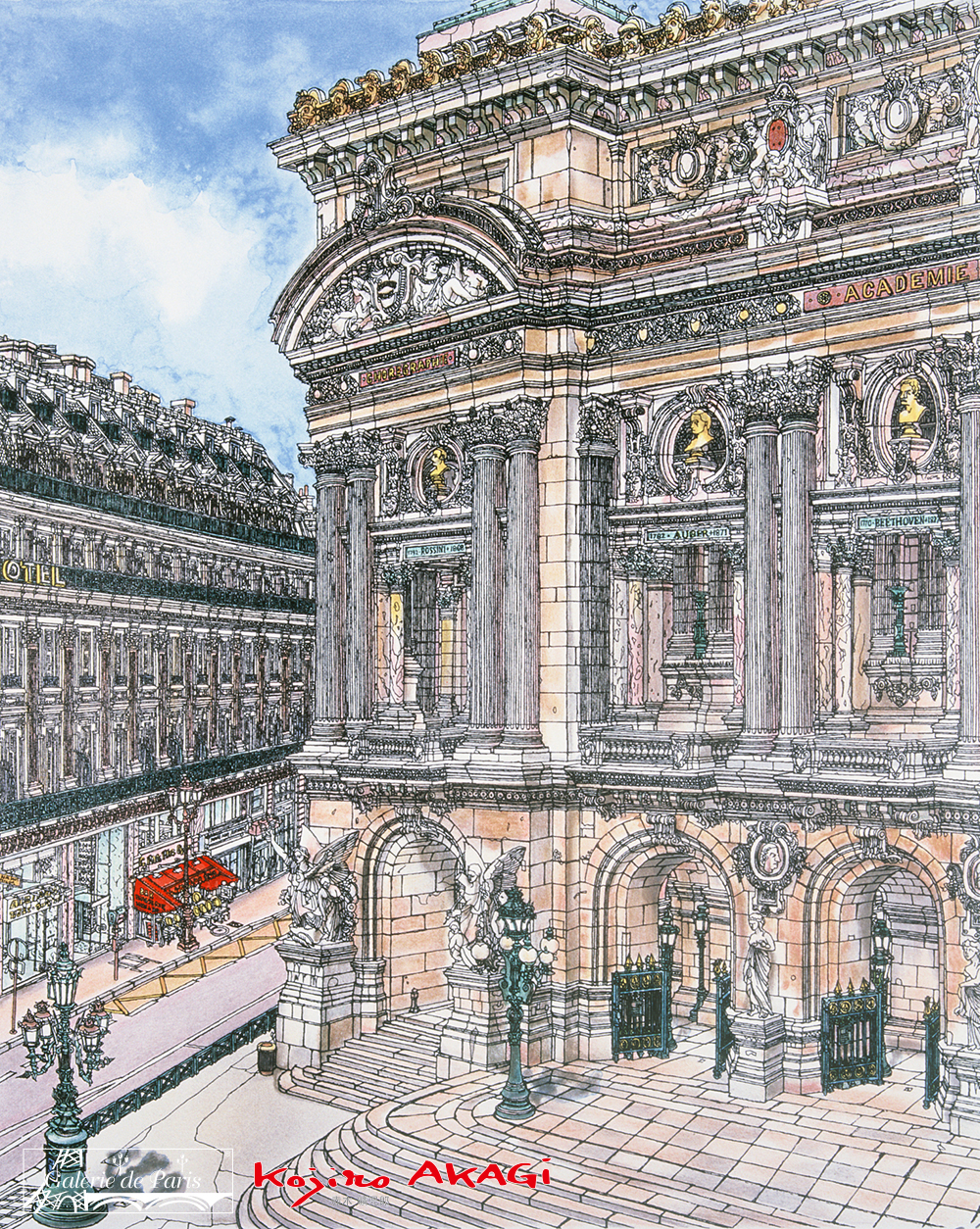
© Kojiro Akagi - Galerie de Paris
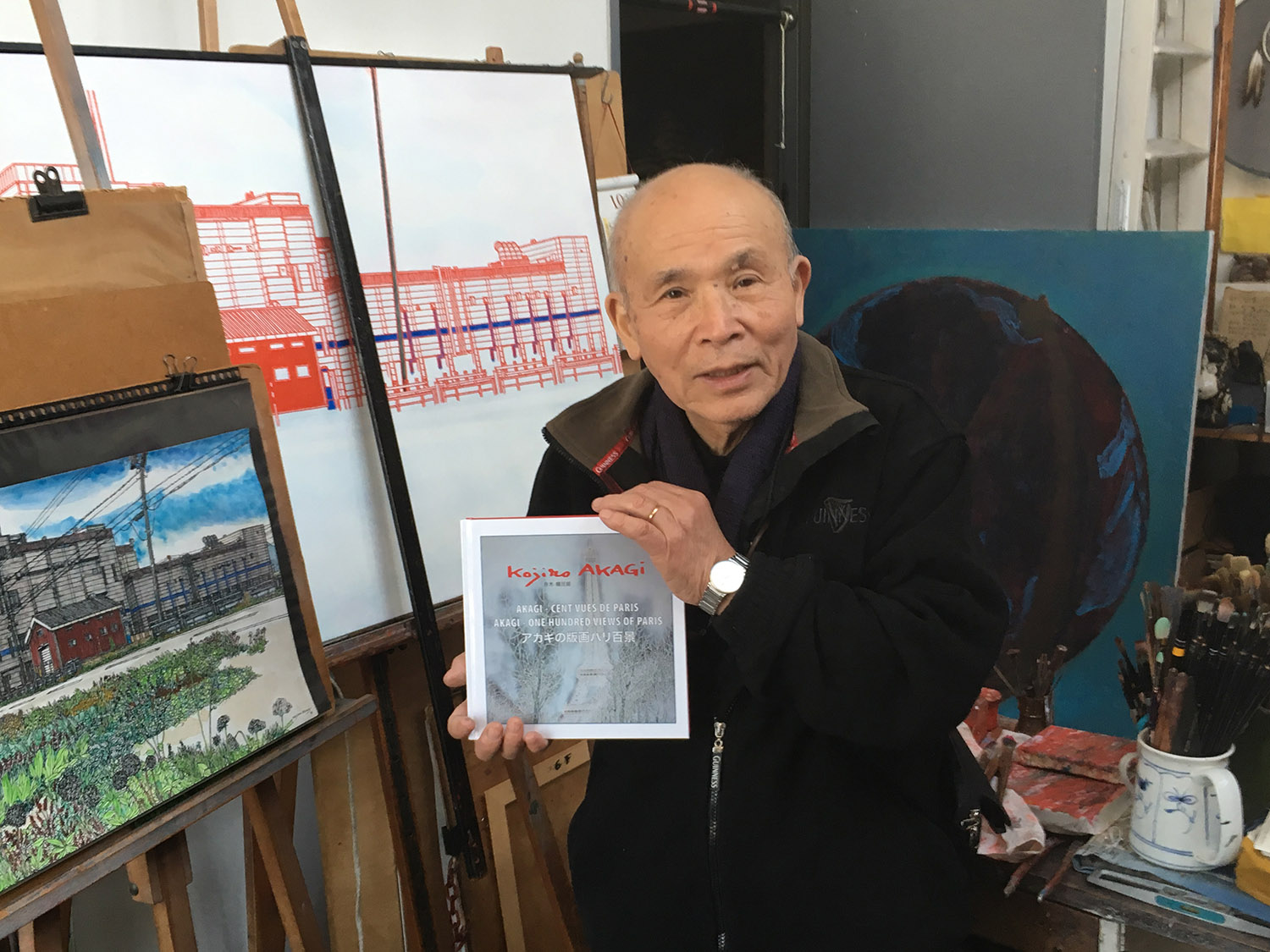
© Galerie de Paris
TRENDING
-
The Tattoos that Marked the Criminals of the Edo Period
Traditional tattoos were strong signifiers; murderers had head tattoos, while theft might result in an arm tattoo.

-
Paris, Tokyo: Robert Compagnon
With his co-chef and talented wife, Jessica Yang, Robert Compagnon opened one of the top new restaurants in Paris: Le Rigmarole.
 3:31
3:31 -
Chiharu Shiota, Red Threads of the Soul
Last year, more than 660,000 people visited the retrospective 'Chiharu Shiota: The Soul Trembles' exhibit at the Mori Art Museum.

-
‘Before Doubting Others, Doubt Yourself. Who Can Truly Say a Dish Isn’t What It Used to Be?’
In ‘A Non-Conformist’s Guide to Surviving Society’, author Satoshi Ogawa shares his strategies for navigating everyday life.

-
The Story of Sada Yacco, the Geisha who Bewitched Europe
Described by Dazed magazine as the first beauty influencer, she has been restored to her former glory since 2019.





